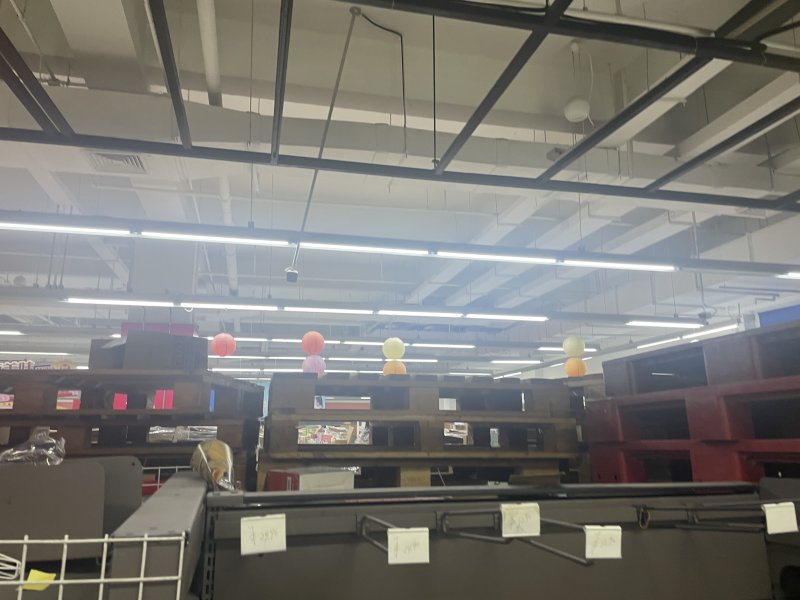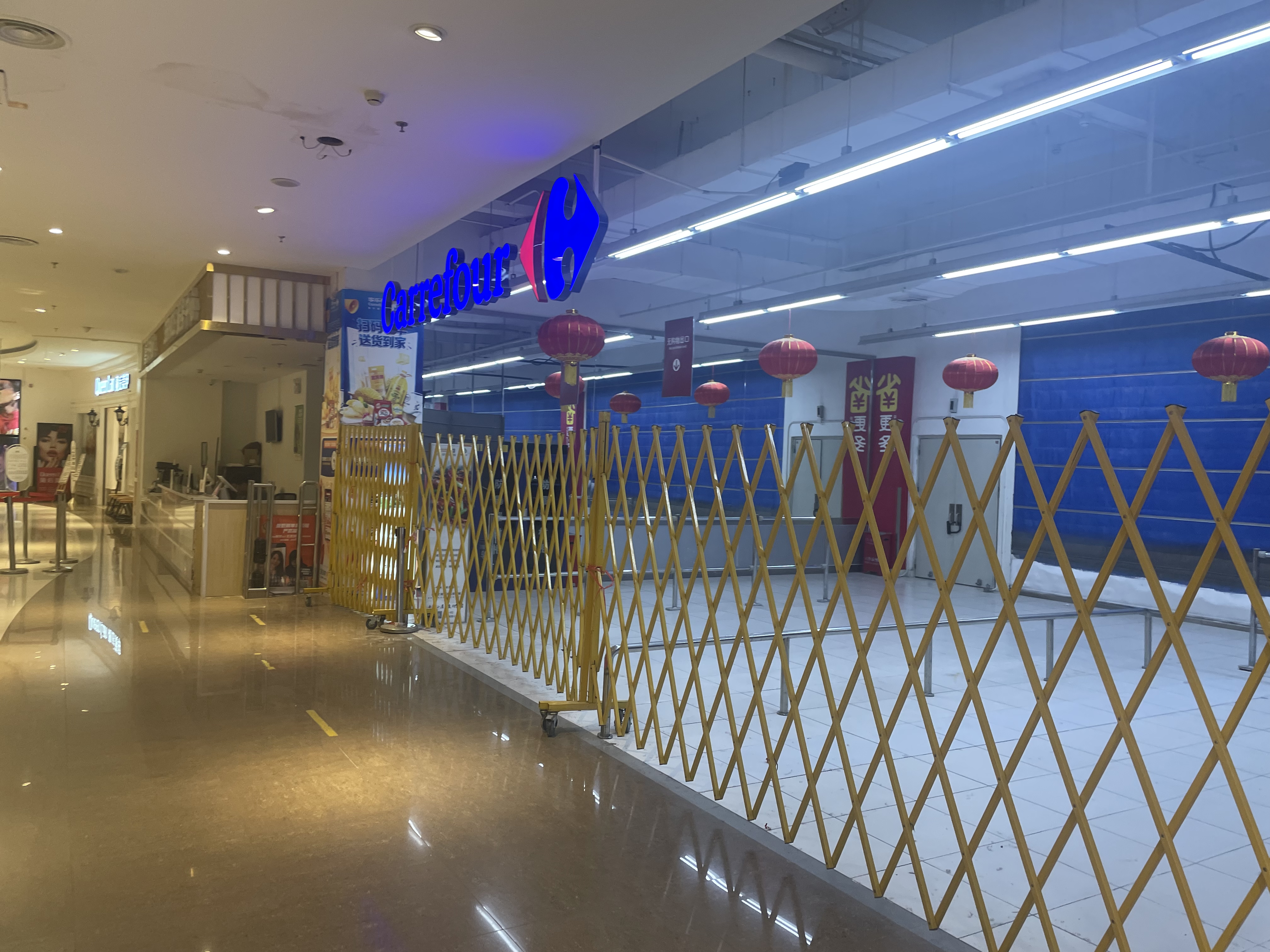Carrefour On Last Leg in Beijing With One Branch Remaining
Carrefour is on it's last leg in China and Beijing. Ever since the French supermarket company sold 80 percent of its China ownership stake to domestic retailer Suning in 2019, stores have one by one shuttered as the brand sought to compete with an ever changing retail landscape, with e-commerce being the biggest thorn in it's side. With the closure of Carrefour's Shuangjing branch in August, there's just one branch remaining.
Carrefour's Siyuanqiao branch once boasted over 70,000 square meters of retail space and has the distinction of being the 20th branch established in 1995, now standing as Carrefour's last bastion in Beijing. After a temporary closure earlier this year, the branch isn't looking too good either.
The branch occupies the third floor of the Siyuanqiao Shopping Center. Outside, the mall's facade proudly bears the large "Carrefour" sign, perched high above other brands like Decathlon and Uniqlo. It's a clear reminder of the days when Carrefour was a magnet for shoppers.

As we made our way to the third floor, we noted that despite the presence of signs indicating Carrefour's location, accessing the store was far from easy. Shelves obstructed the path, and the entrance was partially blocked by a half-open roller shutter.

When we arrived around 5pm — still within their operating hours — an employee informed us that Carrefour was closed. Only when we clarified that we intended to spend cash, not use shopping cards, did he permit us entry.
Inside, it was evident that the Carrefour store had dramatically downsized, now occupying just under 200 square meters. The supermarket's space was significantly reduced, with customers confined to a restricted area. When we inquired about the unused space beyond, a staff member simply said, "the rest of the area has been rented out," without specifying the new tenant.

Even within this limited space, many shelves were bare. Customers could still find everyday items like cups, tableware, towels, and hangers, albeit haphazardly strewn about.

Many items lacked price tags, leaving customers in the dark about costs until checkout. To add insult to injury, the prices were exorbitant — a bag of flour was pegged at an eye-watering RMB 45.8, while a pack of ten napkins commanded over RMB 100.

For patrons possessing shopping cards with residual balance, the process of expending their remaining funds was far from straightforward. Staff advised that cardholders first needed to register at the service desk. However, immediate purchases post-registration were not possible.
Customers were required to endure a ten-day waiting period, meaning, for example, if a client registered on Nov 21, they would only be allowed to utilize their card starting from Dec 1 through Dec 26. Furthermore, spending was limited to 50 percent of the card balance and capped at a monthly maximum of RMB 500.
Upon exiting Carrefour, we were approached by a vendor keen on purchasing shopping cards. He revealed that the cards' value varied, with cards commencing with the number 84 being the most sought after. This was because holders of these cards could use their remaining balance to buy electronic goods from Suning. For instance, such cards with a residual balance of RMB 1,000 could be sold for about RMB 500. Unfortunately, other cards could only fetch less than half of their remaining balance.
Already this year, Carrefour has shuttered 106 stores across China. The future of Carrefour, particularly in the Siyuanqiao area, hangs in the balance, and only time will reveal its fate.
READ: Beijing's Dongsishitiao Station to Close for Construction of Line 3
Images: Irene Li



